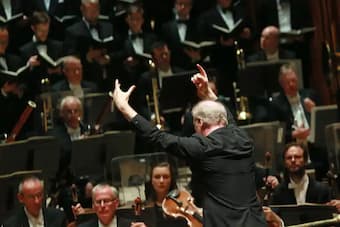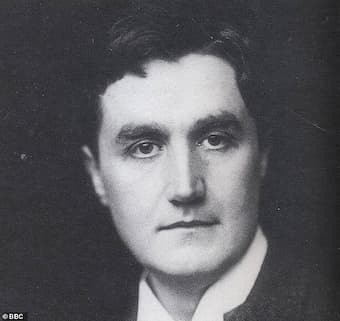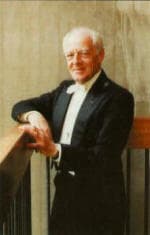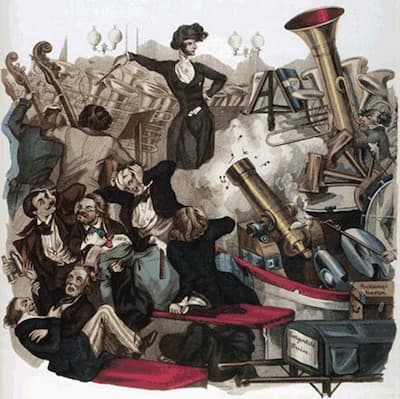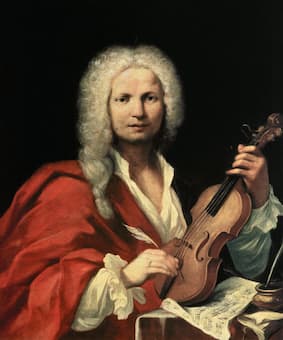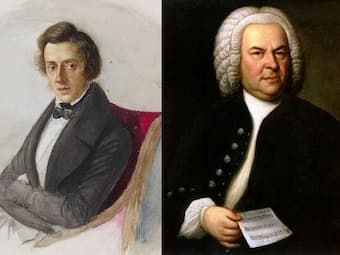If there is one art form that wears its passion on its sleeve, it is classical music. Images of conductors in full flight have become the go-to photos and videos for people who are looking to express visually the passion
Blogs
Vincenzo Bellini (1801-1835) was the undisputed master of writing gorgeous melodies. Sensuous in expression and pure in style, Bellini was closely connected with the “bel canto” style of the great singers of his day. In his music, he always looked
In 2020, Ralph Vaughan Williams’ ‘The Lark Ascending’ topped Classic FM’s Hall of Fame as Britain’s most favourite piece of classical music. And it’s not the first time this piece has topped a poll of listeners – in fact it’s
“The only other pianist” – Arturo Benedetti Michelangeli “Recently I listened to a pianist on the radio who impressed me very much: Sergio Fiorentino, do you know him?” – Vladimir Horowitz It takes a musical genius to be such highly
To the outsider, the conductor looks as though he holds the oddest position in the orchestra – he may be the focus of the audience’s attention, but the orchestra barely seems to look at him. He turns his back to
In our last article on this topic, we looked at orchestral instruments, but omitted the most versatile of them all, the piano. The piano offers a world of upcycling possibilities and in a number of different media. First, let’s look
Classics, standards — even at times masterpieces — often make classical music’s true devotees raise an eyebrow. “Oh, not again”. How many times have they been performed, at times doubtful and at rarer exceptional. It is quite true that the
My son is a professional chef who has been working in fine dining in London for 6 years. He lived with me during the UK lockdown, and in addition to enjoying his beautiful, inventive and flavoursome cooking, I learnt some

